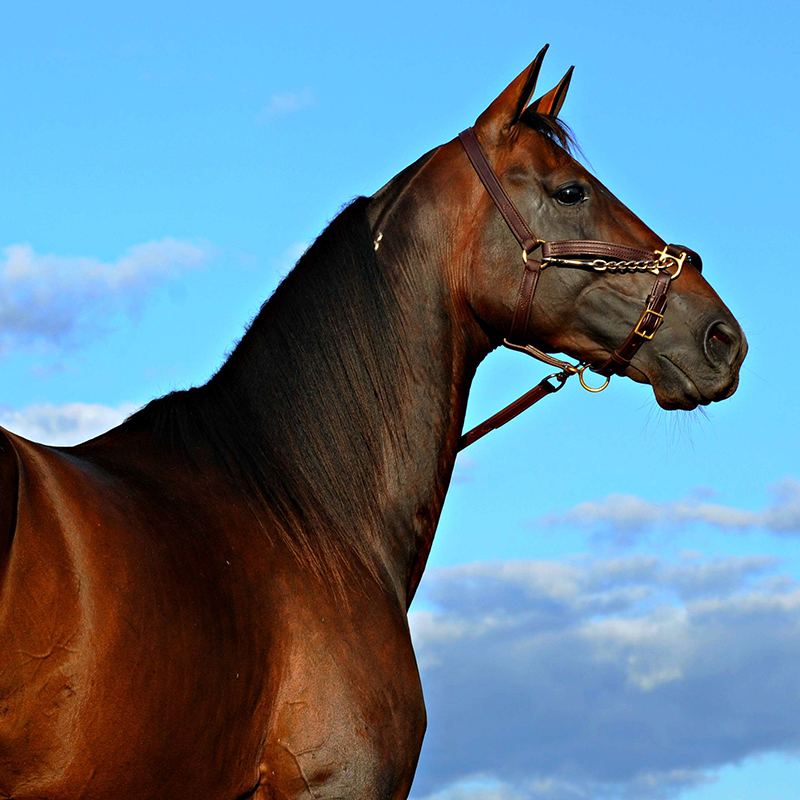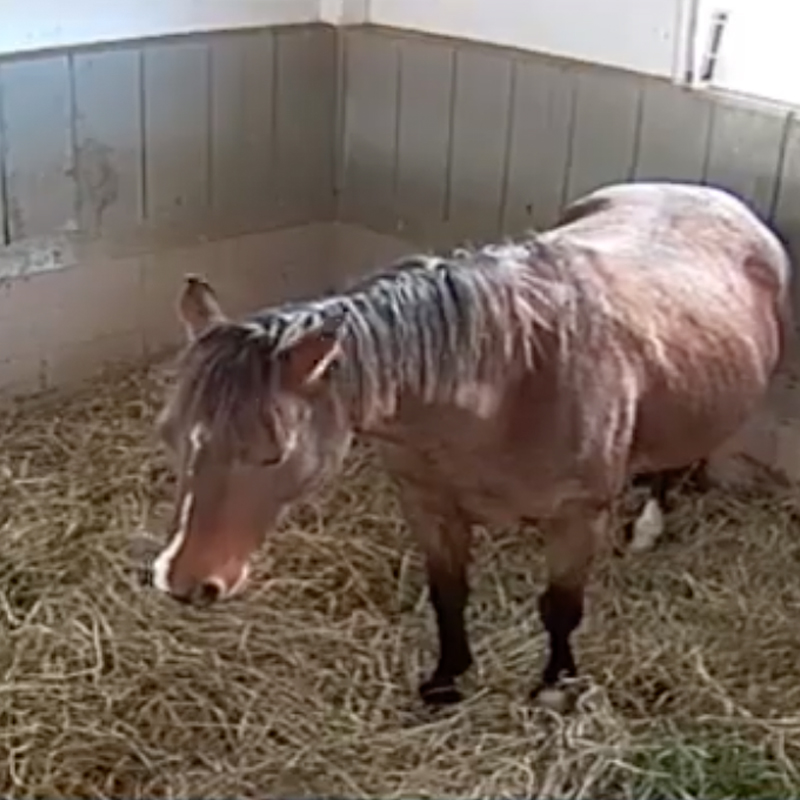Horse breeding basics
In horse breeding, selecting the right broodmare (female horse) and sire (intact male horse) is critical. Both horses’ past racing performance and pedigree are taken into consideration when the matching process is underway. Another large part of the equation is the willingness of horse owners to work together. Breeding farms may be the location where the horses are bred, but that doesn’t mean that every horse on the farm is owned by the same person or group. Professional breeding is expensive, and each horse holds a certain level of prestige. The ultimate goal is to pair the best sire and the best broodmare, so they can produce a high-valued foal.
January 1
All racehorses share a common birthday, no matter their actual date of birth. That day is January 1. Because of this, most breeders aim to have foals during the first half of the year. After the horse turns 1, owners decide whether to begin training their yearling for racing or to put him or her up for sale. The Pennsylvania Farm Show Complex in Harrisburg is a well-known location for horse sales in Pennsylvania.
Racehorse breeding in Pennsylvania
Due to the success of organizations like the Standardbred Breeders Association of Pennsylvania and the Pennsylvania Horse Breeders Association, the PA-bred program is growing like no other state-bred program in the entire nation, according to recent statistics released by The Jockey Club. This success has led to Pennsylvania Standardbred Breeders possessing the best horses in the world, Pennsylvania being the only state besides Kentucky to breed Eclipse Award winners each of the past two years, and Pennsylvania having more Breeders’ Cup winners than all but three states.
The Keystone State is home to over a hundred horse breeding farms between the two sects of the sport. Our state’s love for horses goes all the way back to the days of William Penn. Today, some of the finest Standardbred and Thoroughbred breeding farms in the nation reside in Pennsylvania.
Standardbred breeding vs. Thoroughbred breeding
Horse breeding is horse breeding, right? Sort of. Yes, the basic concept of horse breeding is the same for Standardbreds and Thoroughbreds, but there are some regulations, as well as ideal horse physics, that differ between the two sects of the sport.
The build of a Standardbred horse is generally more heavy-boned, with long, flat muscles that are good for pulling a cart at a fast pace. In comparison, the ideal build of a Thoroughbred horse is a light- to medium-boned horse, with long legs and powerful shoulders and haunches. Another breeding difference is that artificial insemination is legal for Standardbreds but illegal for Thoroughbreds.
Learn more about Thoroughbred and Standardbred breeding in the Keystone State below.














